CRISPR: Can we control it?
Watch the newest video from Big Think: https://bigth.ink/NewVideo.
Learn skills from the world’s top minds at Big Think Edge: https://bigth.ink/Edge.
———————————————————————————
CRISPR (Clustered Regularly Interspaced Short Palindromic Repeats) is a revolutionary technology that gives scientists the ability to alter DNA. On the one hand, this tool could mean the elimination of certain diseases. On the other, there are concerns (both ethical and practical) about its misuse and the yet-unknown consequences of such experimentation.
“The technique could be misused in horrible ways,” says counter-terrorism expert Richard A. Clarke lists biological weapons as one of the potential threats, “Threats for which we don’t have any known antidote.” CRISPR co-inventor, biochemist Jennifer Doudna, echos the concern, recounting a nightmare involving the technology, eugenics, and a meeting with Adolf Hitler.
Should humanity even have access to this type of tool? Do the positives outweigh the potential dangers? How could something like this ever be regulated, and should it be? These questions and more are considered by Doudna, Clarke, evolutionary biologist Richard Dawkins, psychologist Steven Pinker, and physician Siddhartha Mukherjee.
———————————————————————————
TRANSCRIPT:
0:41 Jennifer Doudna defines CRISPR
3:47 CRISPR’s risks.
4:52 Artificial selection vs. artificial mutation.
6:25 Why Steven Pinker believes humanity will play it safe.
9:20 Lessons from history.
10:58 How CRISPR can help.
11:22 Jennifer Doudna’s chimeric-Hitler dream.
- Our ability to manipulate genes can be very powerful. It has been very powerful.
- This is going to revolutionize human life.
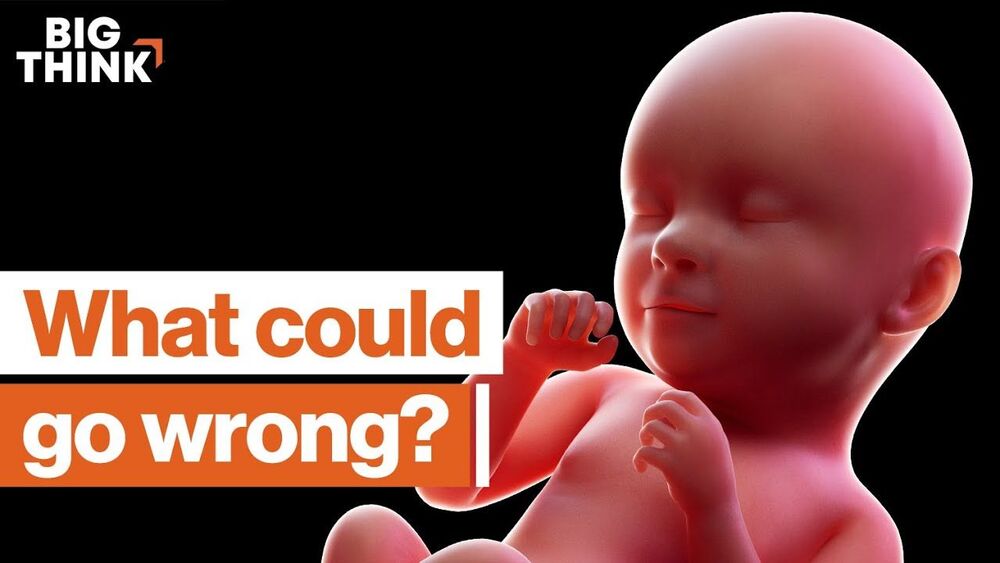
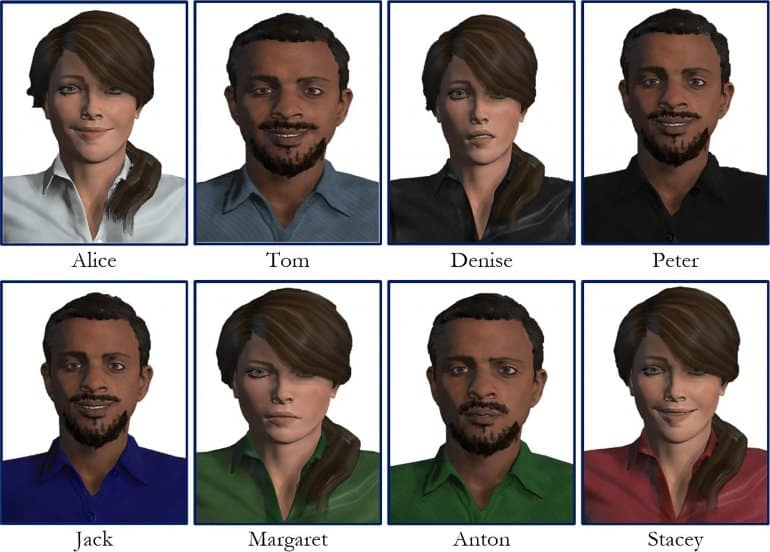
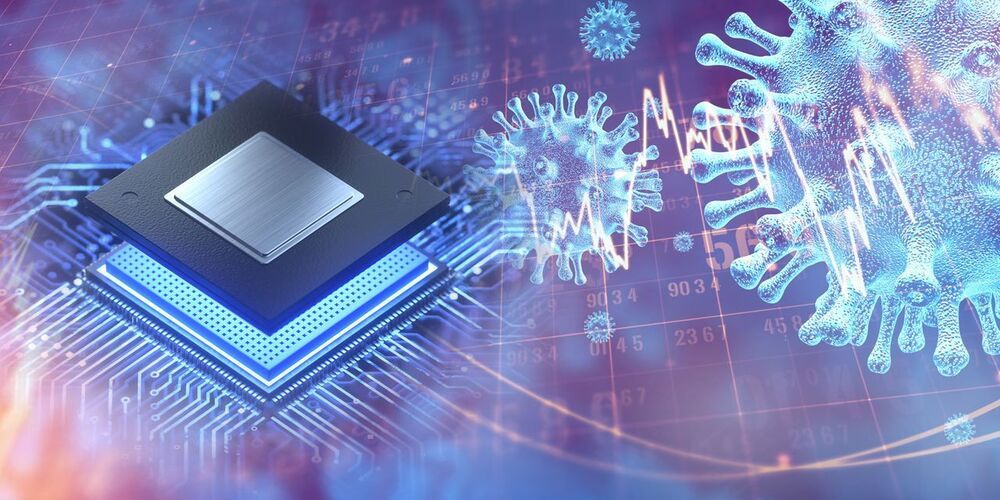
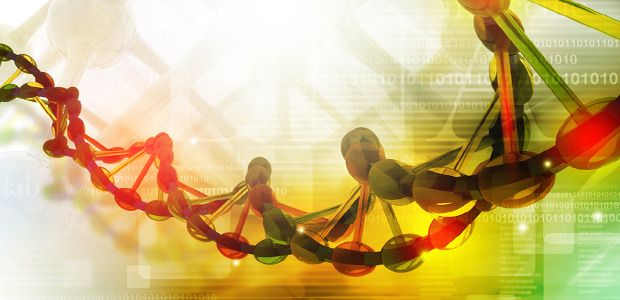
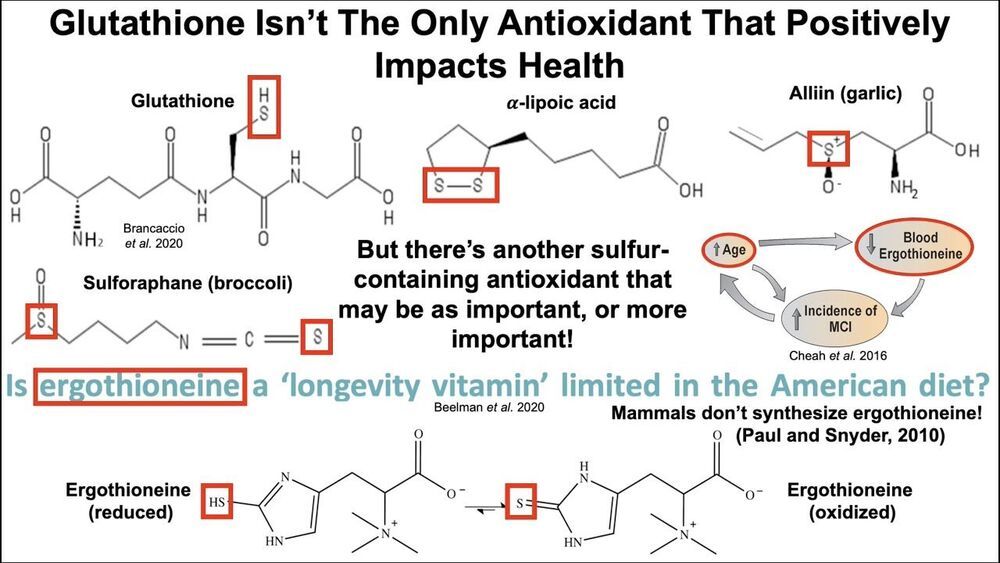
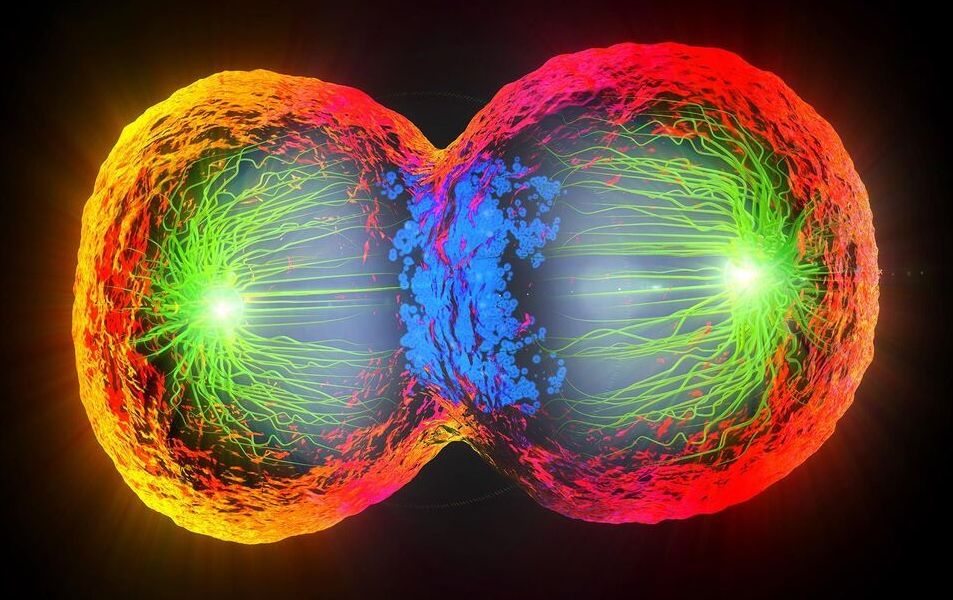
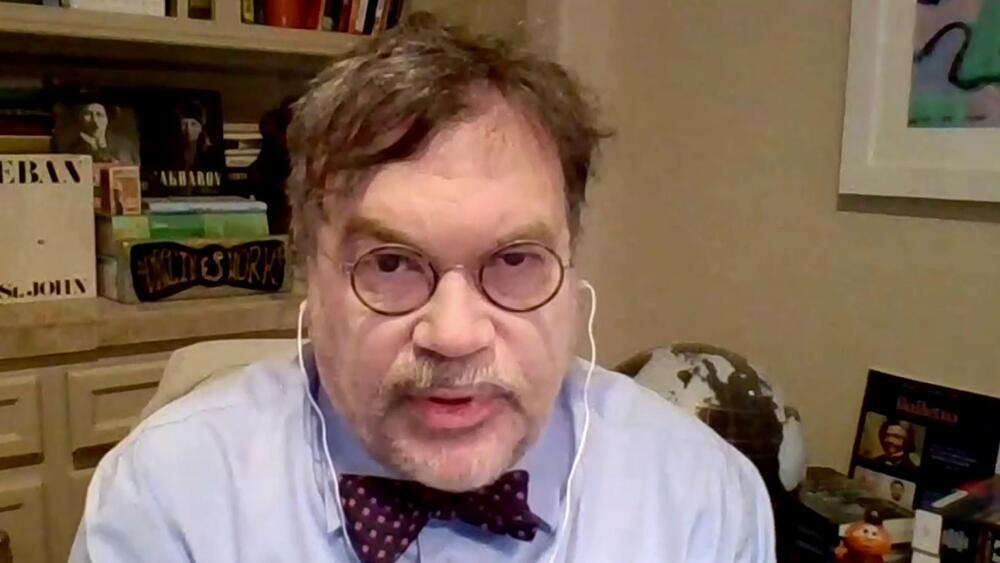

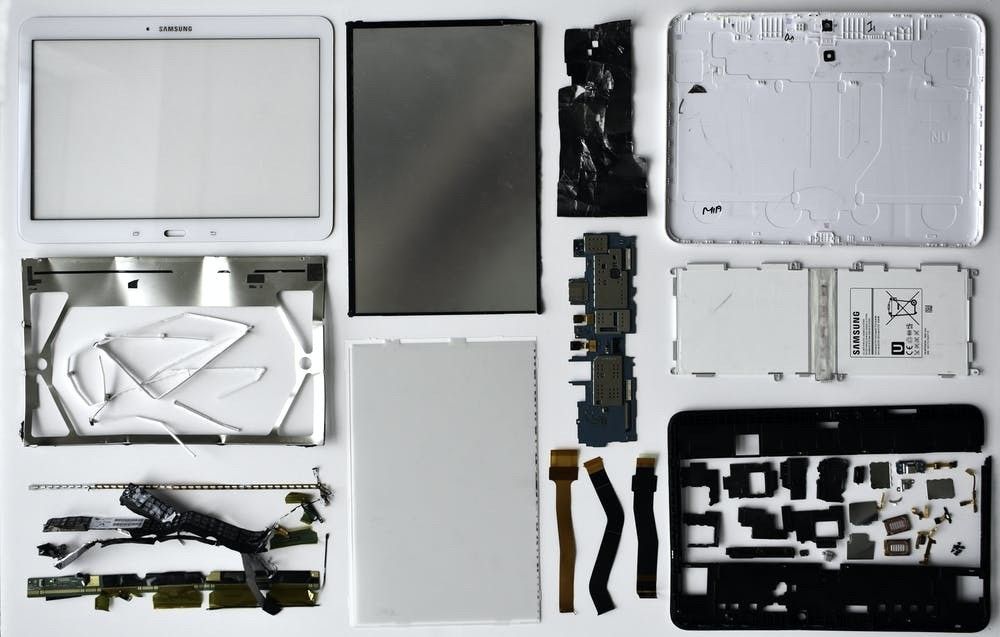

 Learn more about the rise in e-waste.
Learn more about the rise in e-waste.